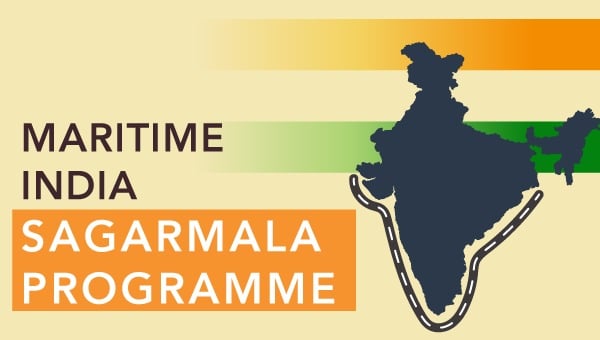
The Ministry of Ports, Shipping, and Waterways initiated the Sagarmala Programme in March 2015 as its primary maritime sector modernization initiative. The development initiative concentrates on port development to create connectivity and cut expenses for logistics while fostering economic expansion. The identified 839 projects that amount to ₹5.79 lakh crores have resulted in 272 completed projects valued at ₹1.41 lakh crore. The program has increased port effectiveness combined with inland waterways and coastal shipping which now provides a foundation to launch Sagarmala 2.0 to extract ₹12 lakh crore worth of investments during the next decade.
Key Achievements
-
Projects amounting to ₹5.79 lakh crores under Sagarmala have been identified with 272 completed projects that have received ₹1.41 lakh crore capital investment.
-
The coastal shipping sector grew by 118% during the past 10 years while simultaneously cutting down on logistic costs alongside pollution emissions.
-
The expansion of inland waterway cargo movement reached 700% higher levels which decreased congestion on both roads and railways.
-
Ro-Pax ferry transportation provided improved coastal reach to more than 40 lakh passengers while improving connectivity.
-
A new phase of Sagarmala has received ₹40,000 crore in government funding that aims to generate investments worth ₹12 lakh crore throughout the next 10 years.
-
9 Indian ports among the world’s top 100, with Vizag in the top 20 container ports globally.
-
The Sagarmala Startup Innovation Initiative (S2I2) has been established to promote RISE through maritime technological innovation and startup development.
Components of Sagarmala
-
The primary objectives of the Sagarmala Programme aim to accomplish port modernization while developing new ports alongside promoting industrialization in close proximity to seaports.
-
Enhancing existing port infrastructure and building new ports operates as a key Sagarmala objective to fulfill rising trade needs.
-
The program aims to connect ports efficiently by constructing better access via roads, rail and inland waterways for cargo stimulation.
-
Port-Led Industrialization seeks to develop industrial zones close to maritime facilities with the purpose of drawing business capital and lowering transportation expenses.
-
The Coastal Community Development initiative establishes employment markets and provides improved services for coastal neighborhood residents.
-
The adoption of coastal shipping as well as inland waterways transport focuses on friendly environmental solutions to reduce traffic levels on roads and railways.
New Additions: Sagarmala 2.0 & S2I2
Sagarmala 2.0
-
Shipbuilding, port modernization and recycling form the main targets of this initiative in addition to ship maintenance.
-
Investment: ₹40,000 crore budgetary support with an aim to leverage ₹12 lakh crore over the next decade.
-
India’s maritime competitiveness will increase through this initiative as both the Viksit Bharat and Atmanirbhar Bharat visions aim to reach their goals by 2047.
Sagarmala Startup Innovation Initiative (S2I2)
-
The initiative started its operations on March 19, 2025 for advancing maritime technology development.
-
The initiative supports green maritime operations alongside smart port revolution along with maritime logistics development and shipbuilding advancements and coastal sustainability practices.
-
The principles operating under Research, Innovation, Startups, and Entrepreneurship (RISE) will function as the foundation to expand economic growth.
Implementation & Funding
-
Public-Private Partnership (PPP): Encouraging private sector participation.
-
State government grants concentrate on funding initiatives that conduct significant social good including fisheries harbors and skill education programs.
-
Institutional Funding: Through Sagarmala Development Company Limited (SDCL) and Special Purpose Vehicles (SPVs).
Conclusion
Through its Sagarmala Programme India progresses to optimize maritime infrastructure while enhancing trading capabilities to establish sustainable development frameworks throughout the country. Through Sagarmala 2.0 and S2I2 initiatives India will evolve into a leading maritime nation by 2047 which will fuel economic expansion as well as employment opportunities and supremacy in the Blue Economy.



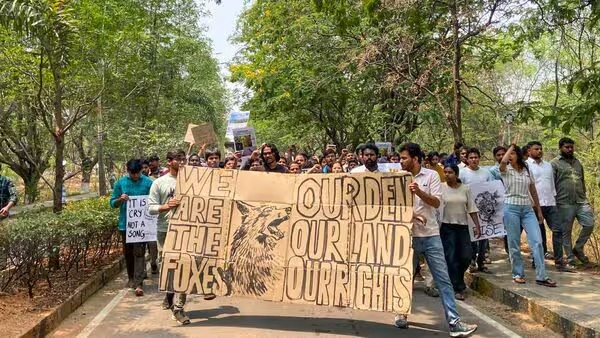 Understanding the Kancha Gachibowli Protests: What Lives in Kancha Gachibowli? A Closer Look at Hyde
Understanding the Kancha Gachibowli Protests: What Lives in Kancha Gachibowli? A Closer Look at Hyde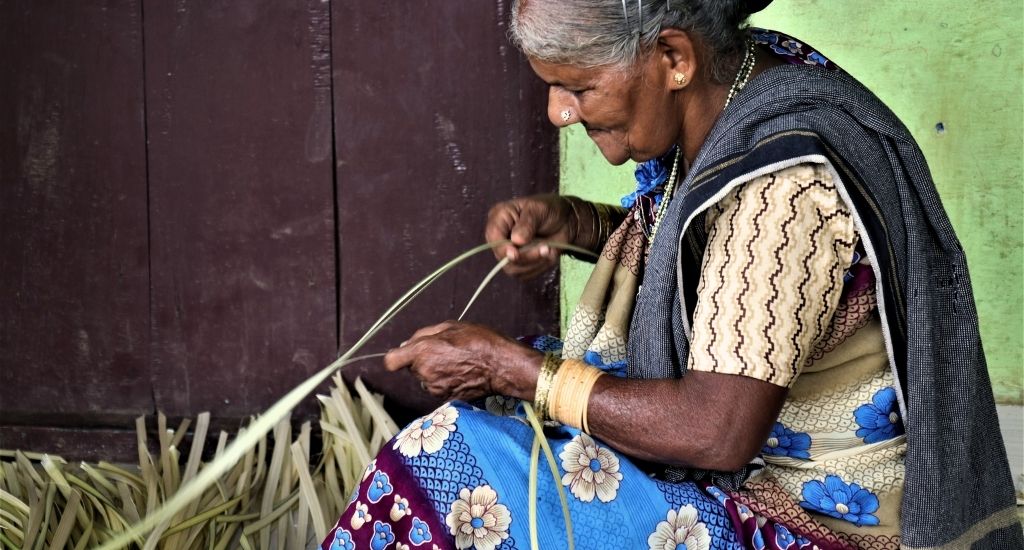 Kannadippaya: Kerala's First Tribal Handicraft to Receive GI Tag
Kannadippaya: Kerala's First Tribal Handicraft to Receive GI Tag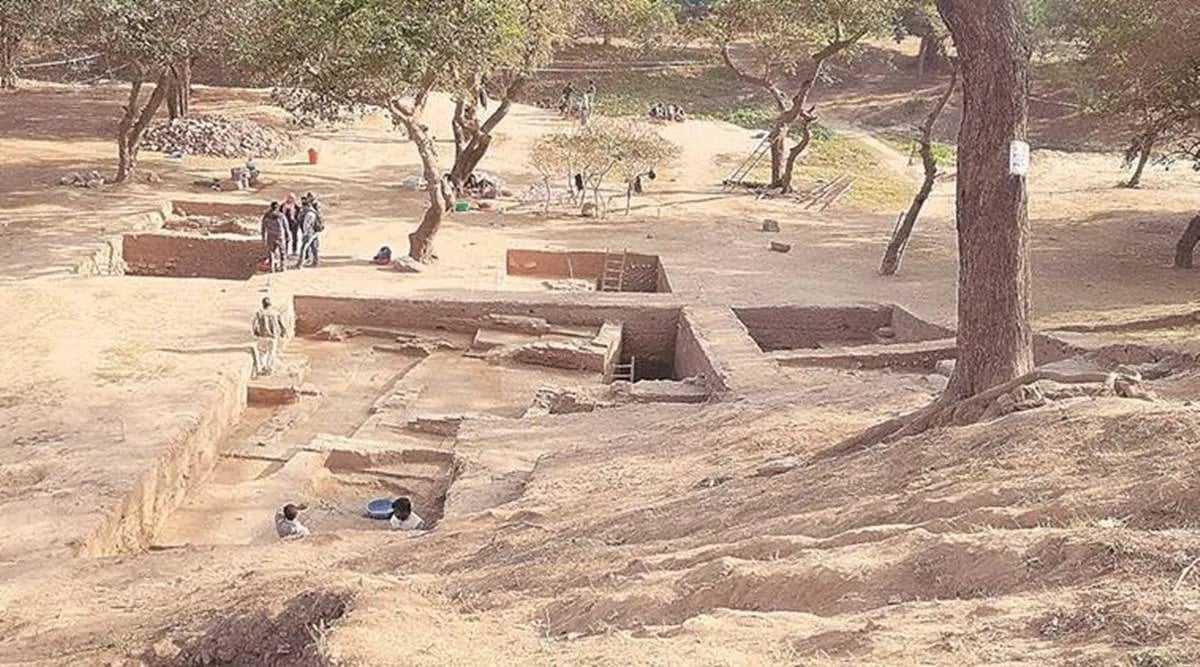 Haryana Declares Two Harappan Sites as Protected Archaeological Monuments: Mitathal and Tighrana
Haryana Declares Two Harappan Sites as Protected Archaeological Monuments: Mitathal and Tighrana Mount Lewotobi Laki-Laki Volcano Eruption in Indonesia – Details & Impact
Mount Lewotobi Laki-Laki Volcano Eruption in Indonesia – Details & Impact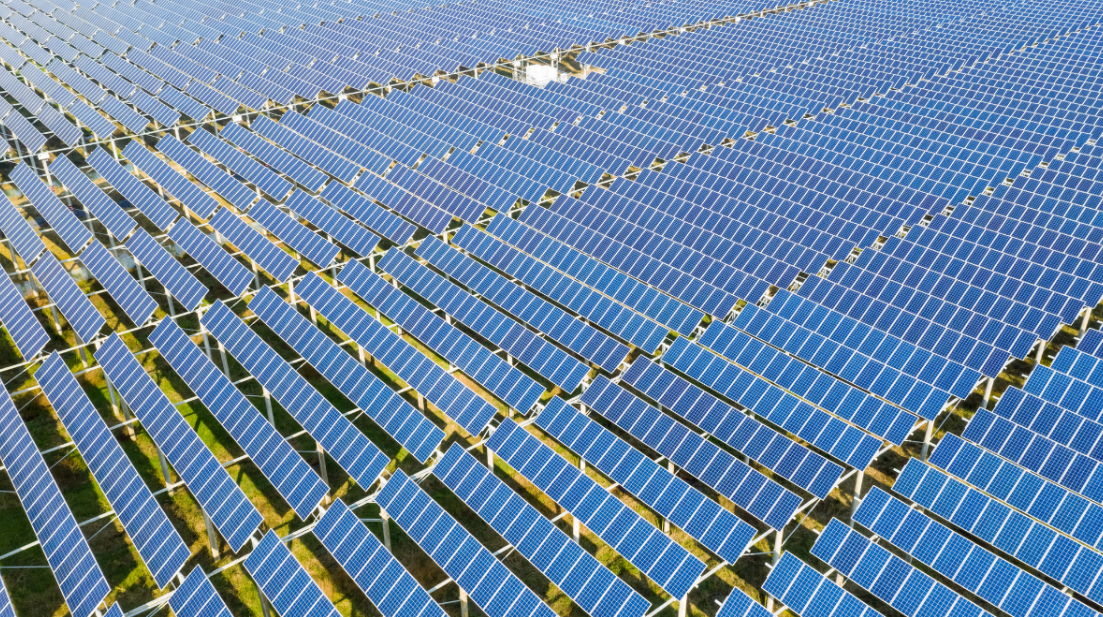 CM Stalin Inaugurates India’s Largest Single-Location Solar Plant
CM Stalin Inaugurates India’s Largest Single-Location Solar Plant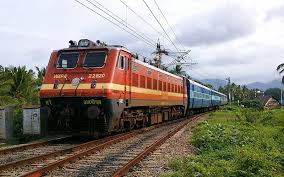 South Coast Railway Zone Approved: Key Milestone for Andhra Pradesh
South Coast Railway Zone Approved: Key Milestone for Andhra Pradesh Decline in Haryana Sex Ratio at Birth 2024
Decline in Haryana Sex Ratio at Birth 2024 Polar Vortex Shift Triggers Severe Winter Storm in the US
Polar Vortex Shift Triggers Severe Winter Storm in the US PM Modi to Inaugurate Z-Morh Tunnel: A Game-Changer for Jammu & Kashmir
PM Modi to Inaugurate Z-Morh Tunnel: A Game-Changer for Jammu & Kashmir






